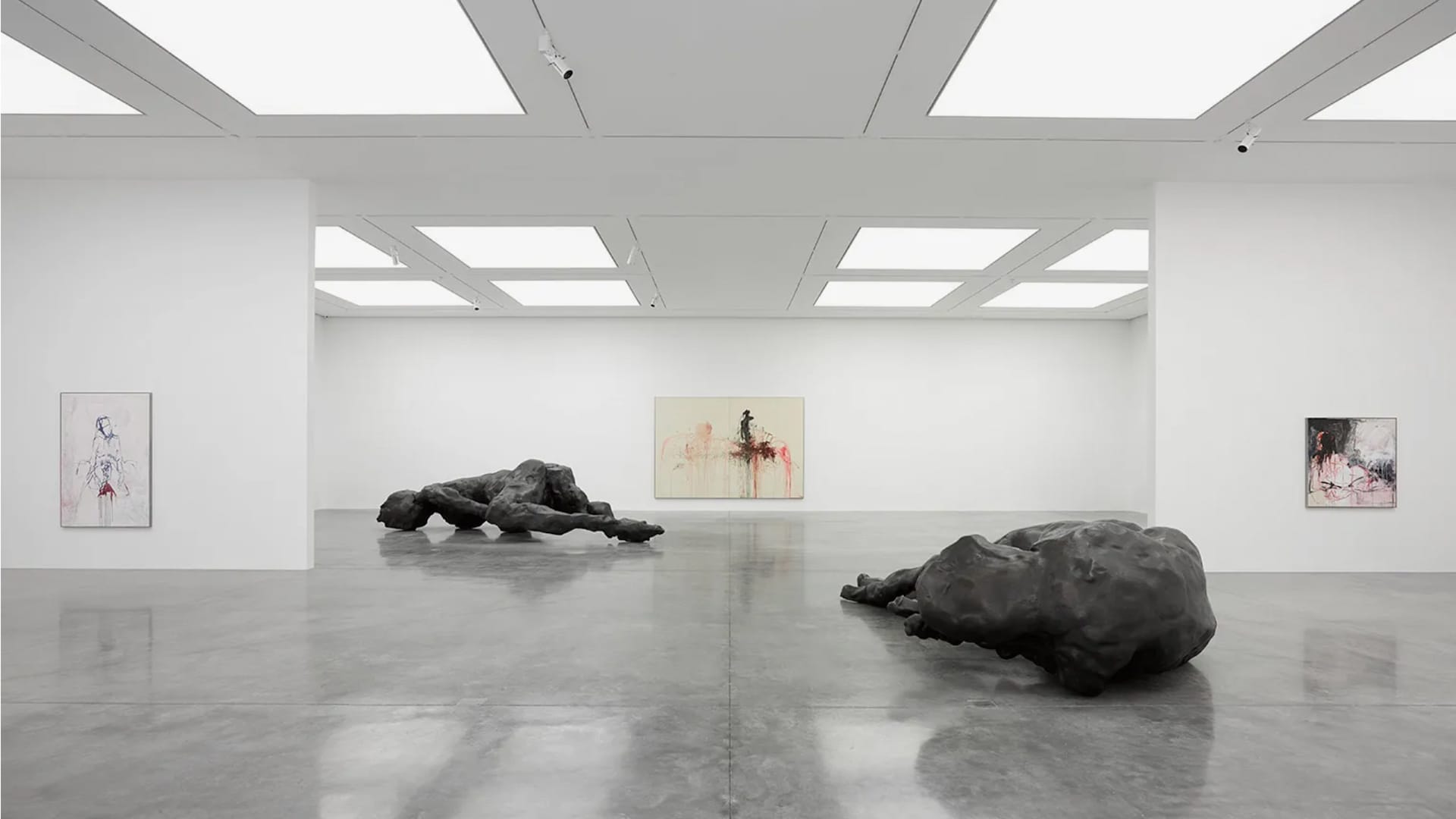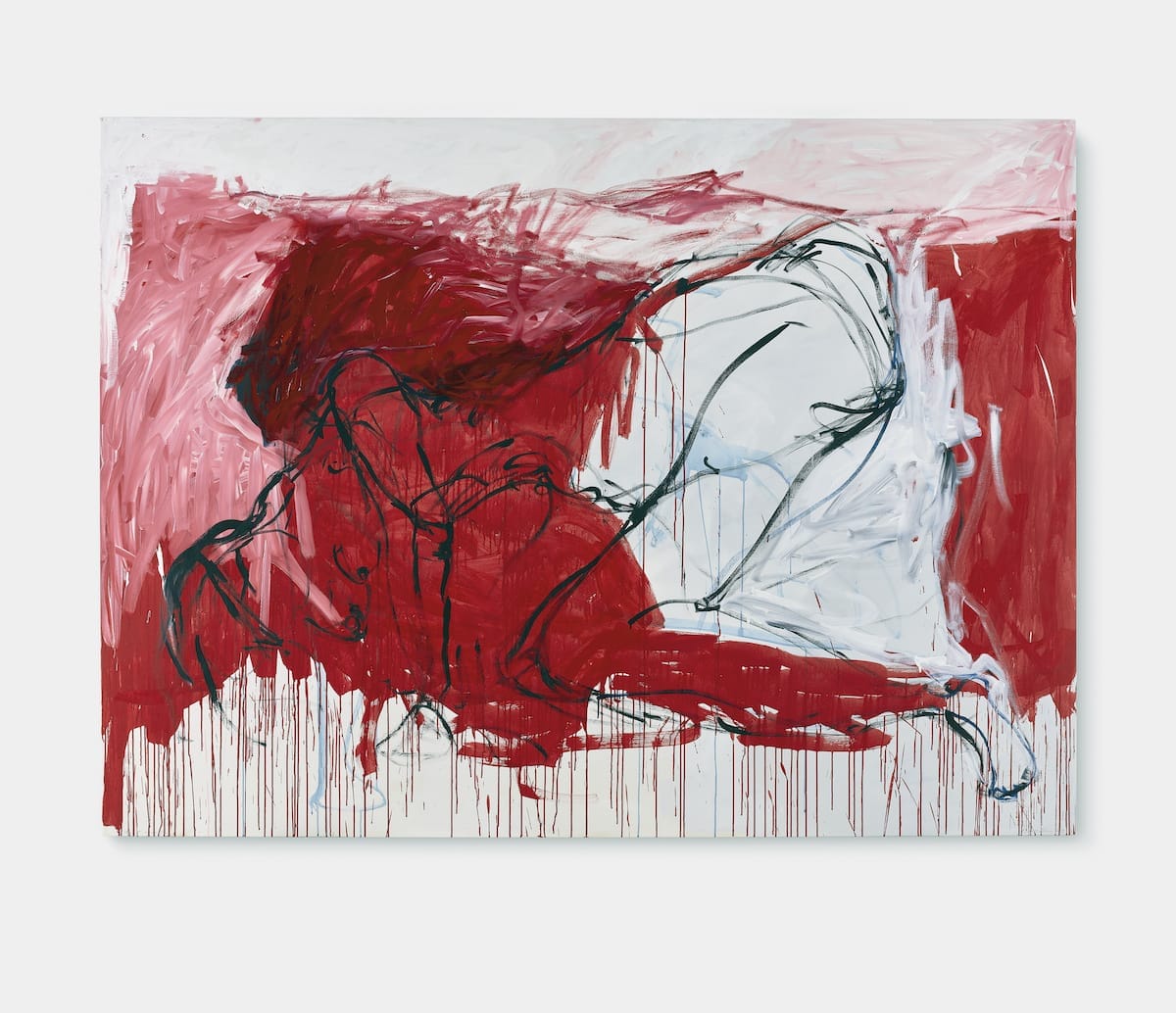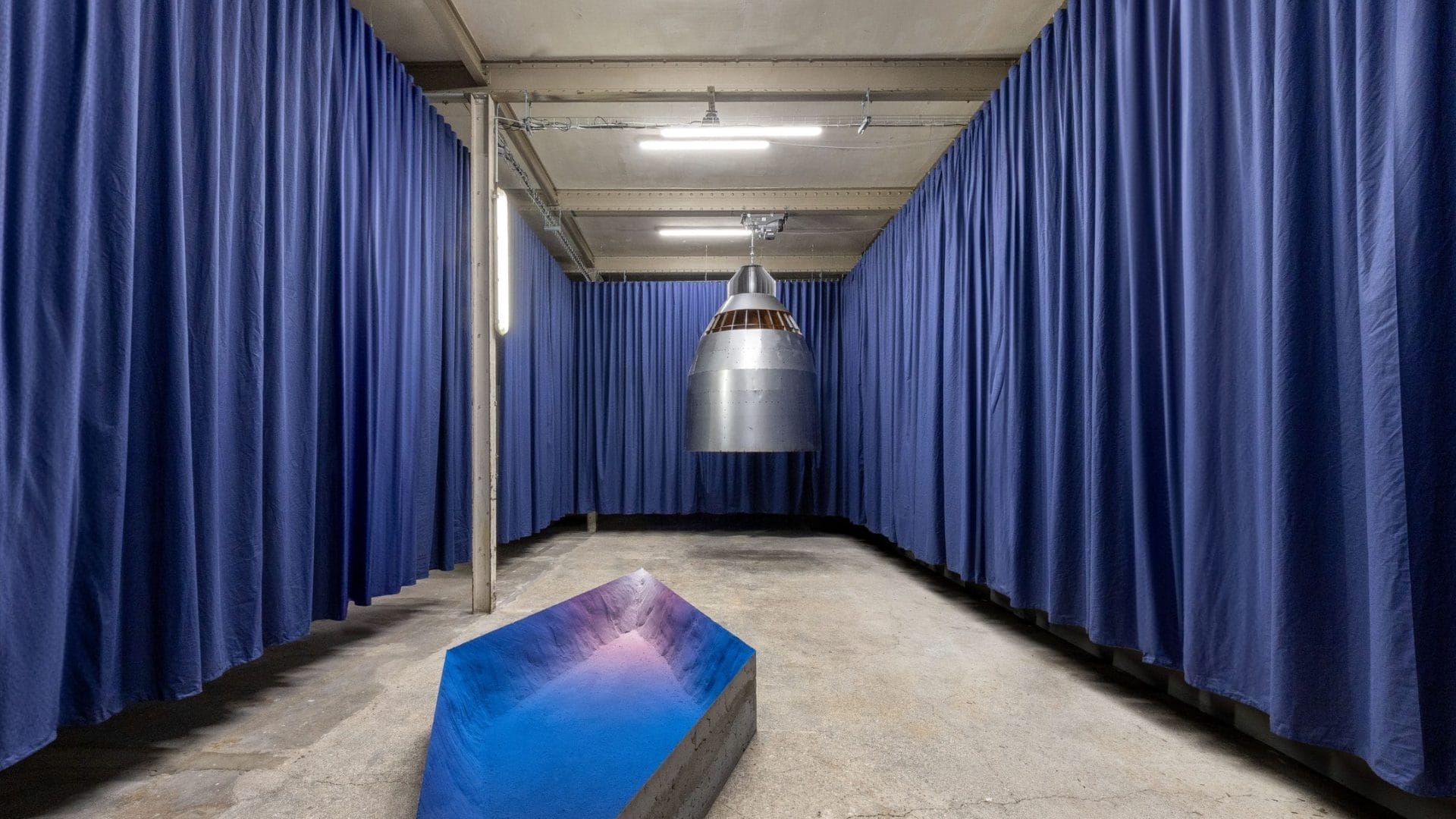
Tracey Emin: Unflinching Artistry and Emotional Cartography
British artist Tracey Emin stands as a formidable figure in the contemporary art world. Known for her provocative and deeply personal work, Emin has carved a unique space for herself, blending art with autobiography. This article delves into her journey, exploring the raw, emotive power of her art that continues to challenge and captivate audiences globally.
Born in 1963 in London, Tracey Emin’s upbringing was as unconventional as her art would later be. Growing up in Margate, her early life was marked by tumultuous family dynamics and personal challenges. Emin’s art became a tool for processing her experiences, a trend that would define her career.
Emin’s breakthrough came in the 1990s as part of the Young British Artists (YBAs), a group known for their shock tactics and use of unconventional materials. Her work, often autobiographical, was raw and unapologetic, inviting both acclaim and controversy.

Signature Works Expanded
Tracey Emin’s “My Bed” stands as one of the most iconic and controversial pieces in contemporary art. Exhibited at the Tate Gallery, it transcended the traditional boundaries of art and entered the realm of personal revelation. The work features Emin’s own bed, just as she left it during a period of emotional turmoil. This installation is not just a display of an unmade bed; it’s a visceral snapshot of her life, encompassing a chaotic period marked by depression.
The bed is surrounded by a disarray of personal items – empty vodka bottles, cigarette packets, stained sheets, and discarded condoms – painting a stark and unfiltered portrait of the artist’s life at that time. These objects, while mundane, collectively narrate a poignant story of vulnerability, a private space publicly exposed. “My Bed” is more than an artwork; it’s a raw, autobiographical exposé that invites viewers into the most personal aspects of Emin’s life.
Critics and audiences were deeply divided on “My Bed.” Some hailed it as a groundbreaking piece of modern art, praising its courage and honesty in exploring themes of depression, sexuality, and identity. Others dismissed it as a mere gimmick, questioning its artistic merit. Despite these mixed reactions, “My Bed” played a crucial role in defining Emin’s career and has since become a landmark piece in the history of contemporary art, redefining how personal narratives can be integrated into artistic expression.
Another of Emin’s seminal works is the provocatively titled “Everyone I Have Ever Slept With 1963–1995.” This work, often misinterpreted as a literal catalog of sexual partners, is, in fact, a deeply personal homage to every person she had shared a bed with, including family members, friends, and lovers.
The piece consisted of a tent, inside and out, appliquéd with names. Each name represented a significant individual in Emin’s life, contributing to a narrative about intimacy in its many forms. It wasn’t just about sexual relationships but about human connection and the shared experience of vulnerability and comfort found in the simple act of sleeping beside someone.
The work stood as a testament to personal memories and relationships, blurring the lines between public and private spheres. However, in 2004, “Everyone I Have Ever Slept With 1963–1995” was destroyed in a warehouse fire, a loss that was felt deeply in the art community. Despite its physical absence, the piece lives on in the minds of those who experienced it, continuing to influence and inspire discussions about intimacy, identity, and the human condition in contemporary art.

Artistic Themes
Tracey Emin’s artistry is a profound exploration of the self, marked by a fearless dive into the depths of personal emotions and experiences. Emin, renowned for her candor and vulnerability, utilizes her art as a means to dissect and display the intricate layers of her life. The themes she navigates are universally resonant yet intimately personal: love in its multifaceted forms, the profound ache of loss, the haunting shadows of trauma, and the complex narratives of sexuality. Her art is not just a reflection but an extension of her being, where every piece is a page from the diary of her soul.
Emin’s choice of mediums is as diverse and complex as the themes she explores. She doesn’t confine herself to a single form of expression but rather employs a wide array of artistic channels, each meticulously chosen to enrich the narrative she wishes to convey. Her paintings and drawings are visceral, often raw strokes that seem to bleed emotions, offering a window into her inner turmoil and joys. Video and photography serve as more than just visual mediums; they are conduits for storytelling, capturing moments, and emotions in their most unadulterated form.
Installation art, another facet of her repertoire, allows Emin to create immersive experiences. These installations are often confessional spaces, where the audience is invited not just to view but to feel and live the narrative, blurring the lines between the artist’s experience and the viewer’s reality.

Controversies and Criticism
Tracey Emin’s work consistently sparks lively discussions and divides opinions, igniting debates about the essence and boundaries of art. On one side of the spectrum, some critics question the artistic merit of Emin’s oeuvre, particularly pointing to her unabashed exposition of personal life stories and the incorporation of everyday, seemingly mundane objects into her art. They argue that art should transcend the ordinary, and Emin’s work, deeply entrenched in the personal and the quotidian, doesn’t quite fit into the traditional mold of what art has been historically perceived to be.
In contrast, there’s a chorus of voices that not only embrace but also laud Emin for her audacious blurring of the lines between art and life. Supporters argue that Emin’s work is revolutionary precisely because it dismantles the barriers between the artist and the audience. By weaving her most intimate experiences into her art, Emin invites viewers into her world, prompting them to reflect on their own experiences and emotions. Her use of everyday objects is seen not as a diminution of art but as a bold statement that art is everywhere and in everything; it’s in the stories we live, the objects we touch, and the emotions we feel.
This dichotomy of views underscores the very essence of what makes Tracey Emin a compelling artist: her ability to provoke thought, stir emotions, and challenge preconceived notions about art. Whether her work resonates deeply or stirs controversy, Emin’s influence in pushing the boundaries of artistic expression and opening up new dialogues about the intersection of art and life is undeniable.
Recent Work and Legacy
In recent years, Emin has continued to evolve her style while staying true to her thematic roots. Her later works display a softer, more reflective tone, often exploring themes of love and loss. In 2020, Emin revealed a battle with cancer, an experience that has further influenced her recent work.
Emin’s legacy is not just in the shock value of her early works, but in her unflinching commitment to emotional honesty. She has opened doors for other artists to explore personal narratives and has played a crucial role in redefining contemporary art.
Tracey Emin’s journey in the art world is a testament to the power of personal experience as a source of creative inspiration. Her work, while controversial, offers an unfiltered look into the human experience, making her one of the most compelling artists of our time. As she continues to evolve and challenge the norms of artistic expression, Emin’s impact on contemporary art is undeniable.
fakewhale
Founded in 2021, Fakewhale advocates the digital art market's evolution. Viewing NFT technology as a container for art, and leveraging the expansive scope of digital culture, Fakewhale strives to shape a new ecosystem in which art and technology become the starting point, rather than the final destination.
You may also like
Theo Papandreopoulos, “CARNYX,” at Koppel Project – PAUSE/FRAME, London.
“CARNYX” by Theo Papandreopoulos, curated by SUNEND, at Koppel Project – PAUSE/FRA
Jesse Draxler: Fractured Dimensions and Fragments of Reality
Jesse Draxler is a cult-status creative whose influence has been felt far and wide throughout the d
Marlon de Azambuja, Ángela Jiménez Durán, The Origin of Everything Strange, Chapter 1: The Arrival at POUSH, Aubervilliers
The Origin of Everything Strange, Chapter 1: The Arrival by Marlon de Azambuja and Ángela Jiménez




